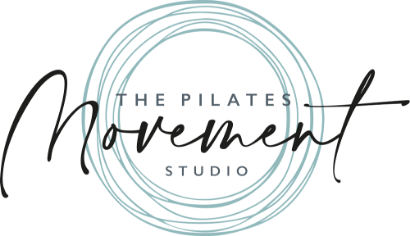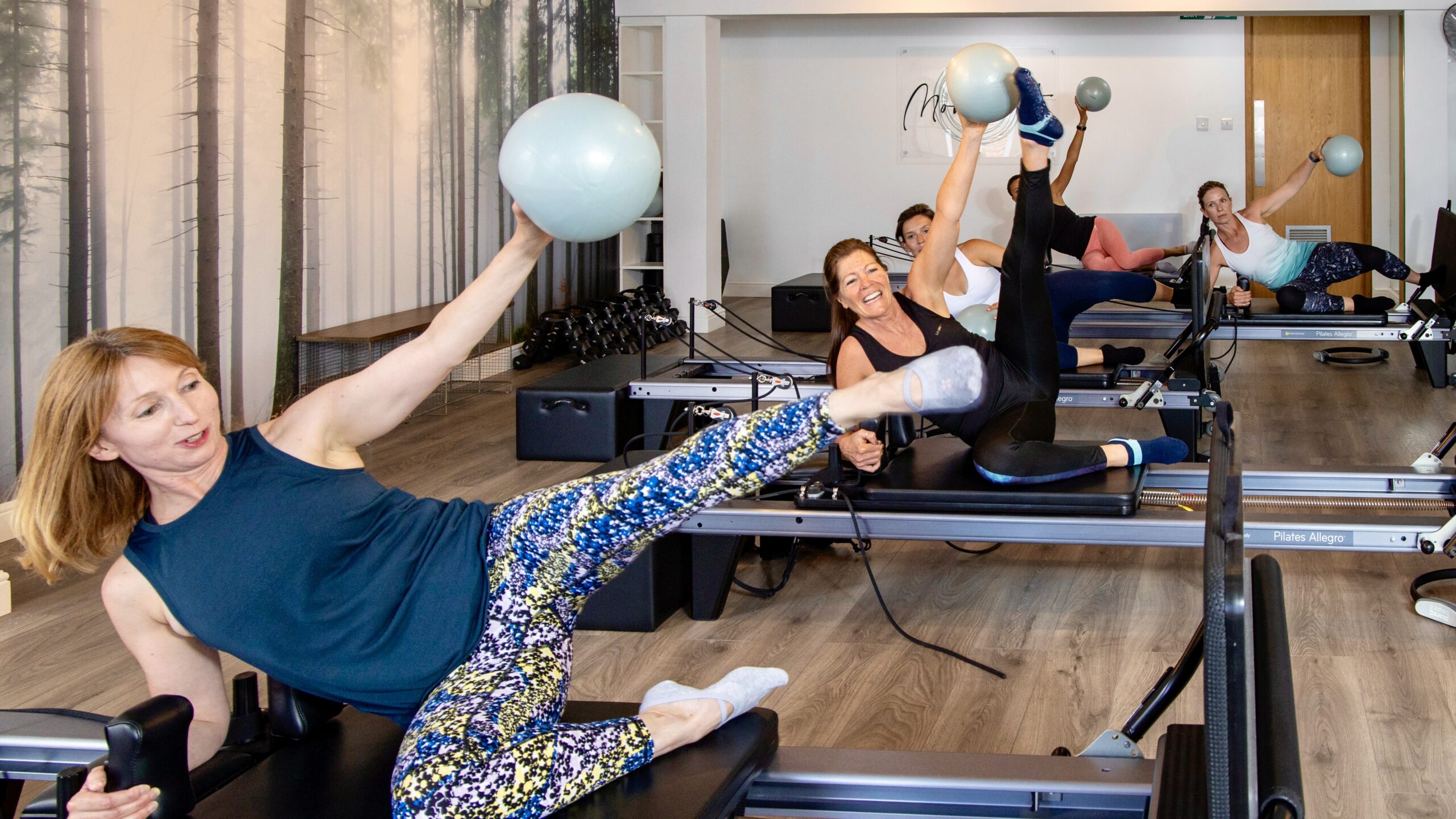
Posted By : Admin / On : July 02, 2024 / In : Uncategorized

There are six main principles in Pilates:
These six principles form the foundation of Pilates. Developed by Joseph Pilates’ students to encapsulate the theory behind his practice, these principles work together harmoniously to create the highly effective exercise that is so popular today. In this article, we’ll explore the meaning of each principle and the unique advantages each offers. We’ll also look at how we make sure these principles are incorporated in our Dynamic Reformer classes here at The Pilates Movement.
Concentration in Dynamic Reformer Pilates means focusing your mind on each movement and how your body aligns on the reformer machine. This principle is all about being mentally present and fully engaged in your practice. By concentrating on each movement, you’ll develop a deeper awareness of your body, leading to better coordination and balance.
On the Reformer, concentration is crucial as you need to be aware of the moving parts of the machine, adjusting your focus to ensure your body stays aligned and stable. This heightened awareness can prevent injuries and ensure that exercises are performed effectively, engaging the right muscles. The Reformer’s unique setup requires you to constantly adjust and correct your movements, reinforcing the mind-body connection that Pilates emphasises.
Beyond the studio, improved concentration can help you stay focused and present in your daily life. In a busy world full of distractions, Pilates offers a wonderful way to feel both more grounded and calmer.
Control in dynamic Reformer Pilates is about moving deliberately and intentionally, rather than using momentum. Sometimes called “contrology”, a term coined by Joseph Pilates himself, this principle ensures that you use your muscles correctly and safely on the Reformer, reducing the risk of strains and injuries.
The Reformer’s moving carriage adds a layer of challenge to controlling your movements. Exercises on the Reformer require you to manage the resistance and tension provided by the springs, which helps in refining your muscle control and enhancing strength. This constant adjustment builds a deeper understanding of muscle engagement and control, essential for both dynamic movements and static holds.
By exercising with control on the reformer, you’ll engage and strengthen your muscles, especially your core, leading to better overall muscle tone. Focusing on control helps you develop greater stability and balance in both still and moving exercises.
The centre, often called the “powerhouse,” includes your abdomen, lower back, and hips. This principle focuses on building strength in your core to support all movements. A strong centre is the foundation for all Pilates exercises on the reformer, leading to improved overall strength and stability.
On the Reformer, every exercise originates from your centre. The resistance and movement provided by the Reformer’s springs intensify the engagement of your core muscles. Whether pushing the carriage away with your legs or pulling it back with your arms, maintaining a stable and strong centre is essential for effective and safe practice. This core-centric approach not only enhances strength but also improves postural alignment and reduces the risk of injuries.
Strengthening your core supports your spine and helps maintain good posture, reducing the risk of back pain and other issues. A stable centre allows for more efficient and effective movement, both in Pilates other forms of exercise and in your everyday activities.
Breath work in dynamic reformer Pilates or in any Pilates involves using controlled and rhythmic breathing to support movement and enhance relaxation. Proper breathing helps oxygenate your muscles and can aid in concentration and control. Deep, controlled breathing improves oxygen delivery to your muscles, boosting endurance and performance.
On the Reformer, coordinating breath with movement is vital. The dynamic nature of the exercises requires you to synchronise your breathing with your movements, ensuring that your muscles receive adequate oxygen to perform efficiently. This rhythmic breathing also aids in maintaining a steady pace and flow during the workout, which can enhance your overall performance and help in managing the intensity of the exercises.
Focused breathing promotes relaxation and reduces stress, helping you feel calm and well. Coordinating breath with movement on the Reformer also helps engage your deep abdominal muscles, supporting your core and making exercises more effective.
Precision in Dynamic Reformer Pilates means performing each movement accurately and with attention to detail. Whilst Dynamic Reformer works off the principles of more repetitions it still, and always will need to have an emphasis on precise technique. This principle emphasises quality over quantity, ensuring that every exercise is done correctly on the reformer. Precision ensures that each movement targets the right muscles, making your workouts more effective and efficient.
The Reformer’s adjustable springs and moving carriage require you to perform exercises with exactness to avoid injury and maximise benefits. Each movement must be carefully executed to ensure the correct muscles are engaged and to maintain proper form. This precision helps in refining your technique and ensures that you get the most out of each exercise, promoting overall muscle balance and functional strength.
Precise movements minimise the risk of overuse or improper strain on muscles and joints. Practising precision helps you develop better technique and form, which can improve your performance in Pilates and other physical activities.
Flow in Dynamic Reformer Pilates involves performing exercises smoothly, continuously, and gracefully under tension. This principle encourages seamless transitions between movements on the Reformer, creating a fluid and dynamic workout. Flowing movements improve coordination and make exercises feel more natural and connected.
The Reformer’s design allows for smooth and continuous movement, enhancing the flow of your workout. Transitioning seamlessly from one exercise to the next on the Reformer helps maintain the intensity of the session and keeps your muscles engaged. This fluidity not only improves coordination but also creates a meditative and rhythmic workout experience, promoting a sense of harmony and balance in your body.
Continuous, flowing movements can enhance your flexibility and range of motion. Practising flow promotes a sense of harmony and balance in your body, contributing to overall physical and mental well-being.
Embracing these six principles can greatly improve your practice and overall fitness, offering benefits that extend well beyond the studio and into your daily life. If you have not already start your journey with The Pilates Movement and join us at one of our Dynamic Reformer classes in Guildford, Godalming and soon Farnham. Our award-winning studio provides the ideal environment to practise the six principles of Pilates, along with providing classes that can suite a variety of objectives for the individual.
The Pilates Movement
Be the first to know about class specials and updates